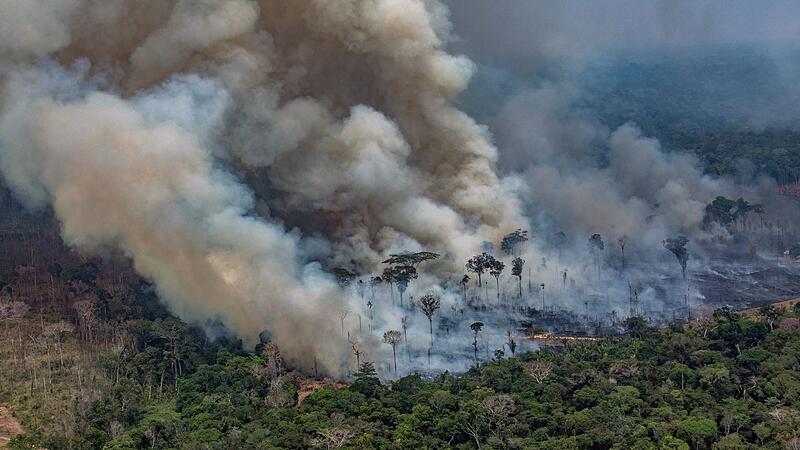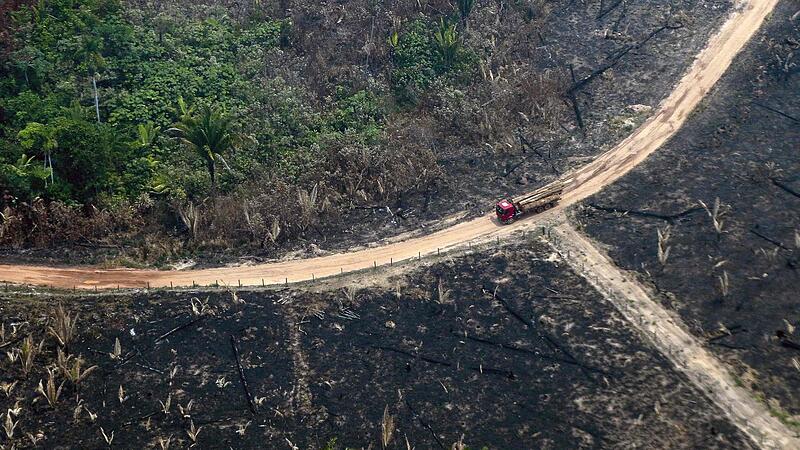In Brazil, not only the environmental destruction in the Amazon, but also the destruction of the Atlantic rainforest has increased drastically. According to a report by an environmental organization published on Wednesday evening, a total of 21,642 hectares of the so-called Mata Atlântica, which stretches along the entire east coast of Brazil, were destroyed between November 2020 and October 2021. This is an increase of 66 percent compared to the same period last year.
Devastating consequences for the climate
The destruction of the forest areas released the equivalent of 10.3 million tons of carbon dioxide into the atmosphere, said the organization SOS Mata Atlântica, which based its report on satellite images.
“We didn’t expect such a huge increase,” spokesman Luis Guedes Pinto told the AFP news agency about the increase in destruction. “We thought the Atlantic Forest was a little more resilient to the deforestation explosion,” Pinto added, referring to the region’s increased regulation. However, the report now shows that the Mata Atlântica is also suffering “from the decline in environmental policy and environmental legislation”.


Destruction of Brazil’s vast forests has increased dramatically under far-right President Jair Bolsonaro. Critics accuse him of undermining environmental protection rules in favor of powerful agriculture. Since Bolsonaro took office in 2019, the average annual destruction of the Brazilian Amazon rainforest has increased by 75 percent compared to the previous decade, according to official figures.
Like the Amazon rainforest, the Atlantic rainforest is an important brake on global climate change. According to experts, the diverse ecosystem also supplies Brazil with food, drinking water and renewable energy from hydropower.
The destruction of the Mata Atlântica is “a catastrophe not only for Brazil but for the world,” stressed environmentalist Pinto. Studies show that the Atlantic Forest urgently needs to recover if the world is to meet the Paris Climate Agreement goal of limiting global warming to 1.5 degrees above pre-industrial levels.
Source: Nachrichten




